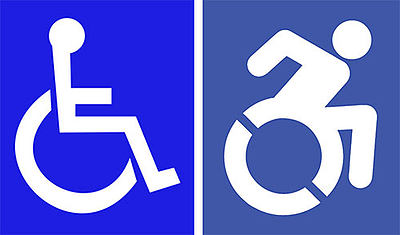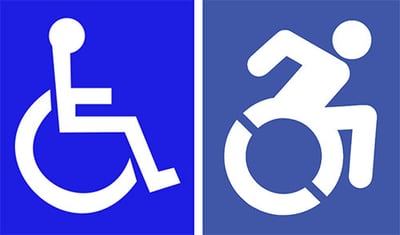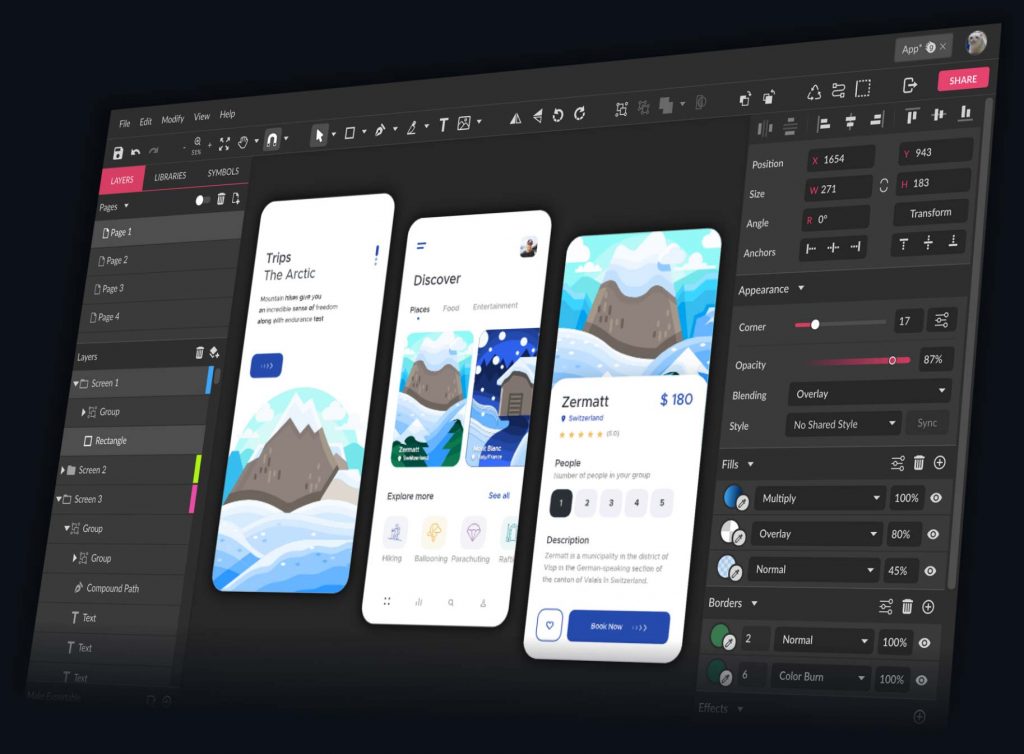The 'Ethics' You Didn't Know Existed in Design

By pbump@hubspot.com (Pamela Bump)
Just the other day, I was Googling something in a rush and came across a blog post that I thought would give me all the information I needed.
But, when I clicked on the page and tried to start reading the post, the entire screen went dark and a giant “Subscribe to our email” CTA popped up — completely interrupting my experience.
I looked around for a “No thanks” button or an “X”, but I almost couldn’t find one. Just before I went to click the back arrow, I noticed a very faint, tiny “X” that was nearly the same color as the CTA background. It was obvious that this site’s designers wanted to trick visitors into signing up for an email list before reading their content.
Not only did this CTA almost backfire by causing me to bounce off the site, but it also made me judge the brand’s morals.
Although some business people might not think a code of ethics matters in design, it does.
In this post, I’ll explain what design ethics is, what guidelines ethical designers might use, and a few tips for avoiding questionable design ethics.
Why are ethics in design important?
One of the best places to highlight your brand’s mission, as well as its ethical values, is in your marketing and designs. After all, these are the areas of your company that prospects and customers might see most.
While ethics, inclusivity, and accessibility are not necessarily always top of mind for some busy marketers or designers,, it’s incredibly important to review any public-facing projects from an ethical perspective.
Today, more than ever, consumers are paying attention to the moral standards of brands. Research shows 62% of consumers are attracted to brands that have strong, authentic ethical values.
When companies are considered ethical, consumers trust them, feel like the brand cares about their experience, and identify with the company. On the other hand, when brands use tactics that feel unethical, consumers lose trust in the brand which could lead to less brand loyalty or purchases.
Ultimately, every aspect of your brand’s design contributes to the message you’re putting out. If you want to create content and that demonstrates your company’s values, you should regularly review your brand’s design ethics.
Ethics in Graphic Design
When creating marketing content like landing pages, web experiences, or other visuals, ethical graphic designers consider a handful of guidelines. Here are just a few:
1. Designs should not be misleading.
You should aim for your designs to engage people and nurture them towards converting. Your designs shouldn’t mislead, pressure, or coerce audiences into doing or thinking something.
In the intro, I noted a website I visited that tried to pressure me into signing up for email before I was even able to read their content. This just one of many sneaky dark pattern design techniques.
While it’s not uncommon or unethical to create colorful or embellished designs that draw attention away from an “X” or …read more
Source:: HubSpot Blog










